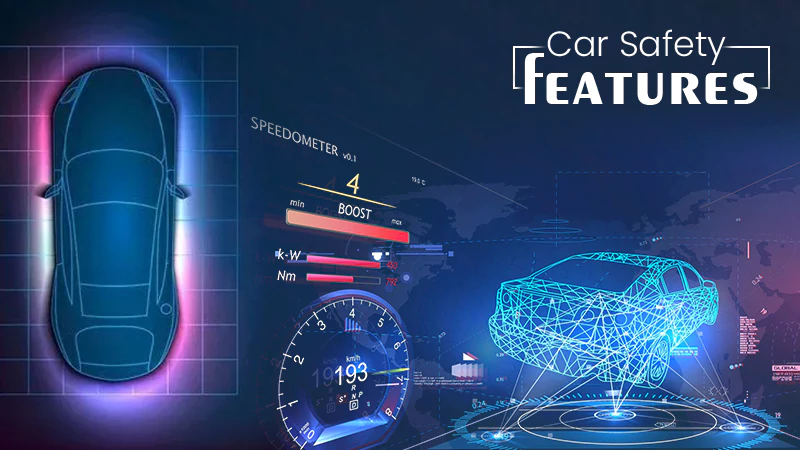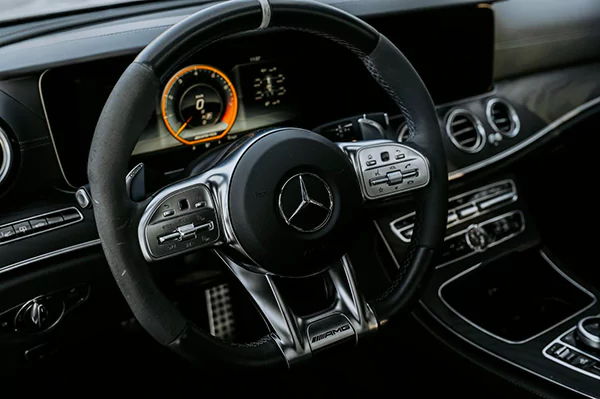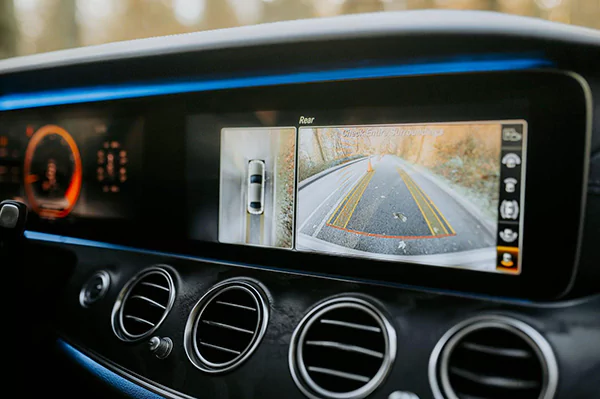Car Safety Innovations and Features

When planning to buy a car, looks and entertainment are among the main things people look at. However, updated safety features should also be given top priority.
As the saying goes, safety first! With the latest innovations, cars are getting safer every day, which has greatly contributed to a reduction in fatalities from accidents.
These advancements vary from one manufacturer to the other, and also from one transportation model to the other. Before buying a car, it’s relevant to inquire and research all its specifications.
This should also be the case when renting a vehicle for personal or professional purposes.
When looking to rent a small economy car for 5 passengers or spacious car rentals for 9 passengers, visit Rental24h.com to compare prices. Check all the protective factors to ensure getting the best rental deal anywhere in the United States.
On this site, you will also get additional information for different renting purposes. In this article, we discuss the safety features you should check in a car before buying or even renting one.

Blind spots warning
Blind spot warnings come in handy to alert vehicles hidden out of view when changing lanes or taking a turn. The sensors are located at the corners of the rear bumpers and use proximity technology to give you the warning.
Door-Exit Warnings
These warnings use similar tech to that of blind-spot warnings to alert you of overtaking traffic before opening the door. This helps to reduce accidents from overtaking cyclists, cars, or even pedestrians.
DO YOU KNOW?
The three-point restraint system for car safety includes a pretension that pulls the seat belt tight and prevents excess slack during a crash — saving many lives.
Speed Sign Recognition

It is common to miss the speed signs and overdrive, especially when venturing in a new area. This may cause an accident or get you in trouble with the law.
To counter this, speed sign recognition engineering uses tiny cameras on the windscreen to scan the road for driving signs. It will then alert the speed limits in that section if it comes across a similar sign.
Autonomous Emergency Braking
Autonomous emergency braking works to prevent collisions in unforeseen circumstances. This is through sensors and cameras that scan the road and alert you in case of an impending collision.
If your response time is slow, it performs the emergency stop, halting the car before the collision. This action helps to avoid collisions or reduce the severity of a collision in case it happens.
Electronic Stability Control
This feature comes in handy when the car loses stability or control. It reduces engine power and takes over the breaks to try and rectify the situation. This significantly reduces the chances of rolling over, especially in poor road conditions.
Fatigue Monitoring
This system uses technology to monitor when a driver needs rest. It even goes ahead and recommends places where you can stop and rest. The system considers factors like steering function, time of the day, and length of a trip to make its recommendations.
Drive Modes
Cars now come equipped with the ability to adapt to different driving conditions. Depending on the environment, you just have to adjust the driving mode to suit it and the car will adjust its traction and even ground clearance to suit the circumstance.
Rearview Camera

The camera helps to view the rear of the car with much more clarity when moving backward. It also guides in the direction that it is going, making it an effective tool when packing or joining a path in reverse.
Adaptive Lights
When driving at night, this feature is necessary and most helpful. The tech senses when there is no approaching car and gives full lights, which it adjusts when there is an oncoming automobile.
The updated system also aligns the headlights to the direction the steering turns, a feature that comes in handy to illuminate the path more effectively when overtaking or changing lanes.
Adaptive Cruise Control
With adaptive cruise control, the vehicle cruises at a specific set speed, and you are left to concentrate on maneuvering and staying in a lane.
It can also identify a slow-moving automobile and adjust the drive, which ensures a safe distance from the car in front.
Lane Monitoring Technology
The tech helps drivers stick to their lane. It comes in two formats, one where the cab will give a warning in case you move out of your lane, or the other version where the automation moves the car gently to the correct position in its lane.
The graph below shows the global automotive active safety system market that has been growing steadily throughout the years.

Steering Assistance
This feature comes into effect when the cab senses an impending collision through sensors located at the front. It takes over the steering wheel and maneuvers in a way to avoid the collision or reduce the severity of the collision.
Tire Monitoring
Low tire pressure reduces the transport’s responsiveness to steering and braking. This can greatly affect maneuvering to avoid collisions. The tech tries to cure this by monitoring the pressure levels to ensure they are at optimum levels.
Conclusion
Apart from the standard specifications that cars come with like airbags and antilock brake systems, new models are taking things a notch higher with advanced safety factors. Advancements in vehicle protection technology have been the main driver of this renaissance.
This article has discussed a few of the modern safety features to consider when planning to buy a car or even rent one. Put them in mind next time you are shopping for one to ensure complete safety every time you hit the road.
Also Read: Understanding Your Car’s Warranty Coverage














